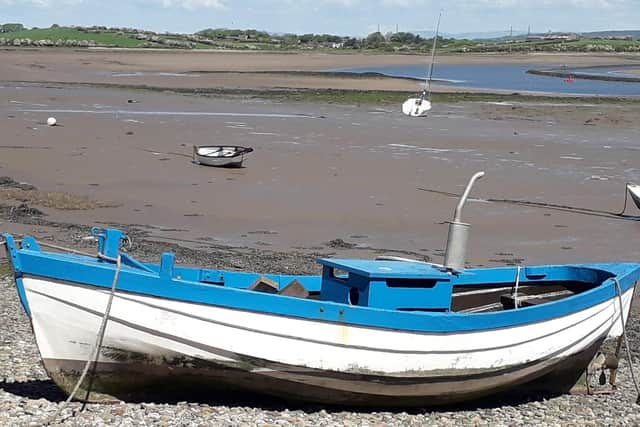Kitchen and toilets plan for listed church at Sunderland Point approved despite 67 objections
and live on Freeview channel 276
The Sunderland Point Mission is a grade II listed building which is now operated by a trust wanting to develop it as a heritage, education and events centre.
However, public opinion has been split in balancing the needs of conservation with making improvements for modern needs.
Advertisement
Hide AdAdvertisement
Hide AdLancaster City Council had received 67 objection letters against 61 letters in support of the application.


Objectors raised concerns about potential road traffic and parking congestion, harm to the inside of the church, inside fittings allegedly being removed without consent, risks of disturbance to bats and birds, and doubts about economic or social benefits of a heritage centre.
However, supporters said the changes would bring the old building back to life and make it fit for future generations.
They said a heritage and event space would be an asset to the village and for tourism, and any events would be low-key so traffic and parking would not be a problem.
Advertisement
Hide AdAdvertisement
Hide AdAt a previous Lancaster City Council planning committee meeting this summer, approval was granted for a small sewerage treatment plant for the site.
But the decisions on inside works were held back for this month’s meeting and a site visit.
Councillors visited Sunderland Point earlier this month with some council officers.
Works are proposed for a small kitchen and toilets, resetting of an uneven floor, work to the ceiling, insulation, new partition doors, architraves, skirting and relocation of a wall panel.
Advertisement
Hide AdAdvertisement
Hide AdAt the latest planning committee meeting, public speakers David Andrew, Hazel Parkinson and Brendan Smith argued against the application.
However the applicant, Brian Holmes, spoke in support and Thomas Associates Architects have created drawings for the proposed work.
The majority of the planning committee voted to approve the application with some conditions about the work.
Planning officers said the activities described by the trust appeared to be similar to those associated with a church building.
However, if future uses of the building changed considerably, a separate change-of-use planning application would be needed.